Annapurna Base camp Trek with Poonhill
The Annapurna Base Camp Trek with Poon Hill is a popular and rewarding trekking route in Nepal. The trek offers stunning mountain views, diverse landscapes, and a chance to experience the culture of the local people.
The trek begins in the city of Pokhara, where you will take a short drive to Nayapul and start your trek to Tikhedhunga. From there, you will continue on to Ghorepani, where you will climb Poon Hill (3,210m) to watch the sunrise over the Himalayan mountains.
After enjoying the breathtaking views from Poon Hill, the trek continues to Tadapani, Chhomrong, and finally to Annapurna Base Camp (4,130m). The trek takes you through beautiful rhododendron forests, terraced farmland, and traditional Gurung and Magar villages.
Along the way, you will have the opportunity to experience the local culture and traditions of the people who live in the Annapurna region. You can try local cuisine, visit local temples and monasteries, and interact with friendly locals.
The trek is considered a moderate-level trek and requires a good level of fitness and stamina. However, with proper preparation and guidance, anyone with a passion for adventure and trekking can complete this trek.
the Annapurna Base Camp Trek with Poon Hill is a must-do for anyone who wants to experience the beauty of the Himalayan mountains and the rich culture of the Nepalese people.
Price
Full board Package $1,179 / Per Person Service Base Package $859 / Per Person Outline Itinerary
Day 1: Arrival in Kathmandu
Day 2: Drive from Kathmandu to Pokhara (820m)
Day 3: Drive from Pokhara to Nayapul (1,070m) and Trek to Tikhedhunga (1,570m)
Day 4: Trek from Tikhedhunga to Ghorepani (2,840m)
Day 5: Hike to Poon Hill (3,210m) and Trek to Tadapani (2,610m)
Day 6: Trek from Tadapani to Chhomrong (2,170m)
Day 7: Trek from Chhomrong to Dovan (2,630m)
Day 8: Trek from Dovan to Machhapuchhre Base Camp (3,700m)
Day 9: Trek from Machhapuchhre Base Camp to Annapurna Base Camp (4,130m)
Day 10: Trek from Annapurna Base Camp to Bamboo (2,310m)
Day 11: Trek from Bamboo to Jhinu Danda (1,780m)
Day 12: Trek from Jhinu Danda to Nayapul and Drive back to Pokhara
Day 13: Drive from Pokhara to Kathmandu
Day 14: Departure from Kathmandu
Itenerary
-
Day 1: Arrival in Kathmandu
Upon your arrival at Kathmandu airport, our representative will meet and greet you, and transfer you to your hotel. You can rest and explore the city on your own.
-
Day 2: Drive from Kathmandu to Pokhara (820m)
After breakfast, we will take a scenic drive to Pokhara, which takes about 6 hours. You can explore the beautiful city of Pokhara in the evening.
-
Day 3: Drive from Pokhara to Nayapul (1,070m) and Trek to Tikhedhunga (1,570m)
After breakfast, we will take a drive to Nayapul, which is the starting point of the trek. We will trek to Tikhedhunga, which takes about 4-5 hours.
-
Day 4: Trek from Tikhedhunga to Ghorepani (2,840m)
After breakfast, we will trek to Ghorepani, which takes about 6-7 hours. We will pass through beautiful rhododendron forests and traditional villages along the way.
-
Day 5: Hike to Poon Hill (3,210m) and Trek to Tadapani (2,610m)
Early in the morning, we will hike to Poon Hill to enjoy the sunrise over the Himalayan mountains. Afterward, we will trek to Tadapani, which takes about 5-6 hours.
-
Day 6: Trek from Tadapani to Chhomrong (2,170m)
After breakfast, we will trek to Chhomrong, which takes about 5-6 hours. We will pass through dense forests and cross a suspension bridge over the Modi River.
-
Day 7: Trek from Chhomrong to Dovan (2,630m)
After breakfast, we will trek to Dovan, which takes about 6-7 hours. We will pass through bamboo forests and cross several streams and waterfalls.
-
Day 8: Trek from Dovan to Machhapuchhre Base Camp (3,700m)
After breakfast, we will trek to Machhapuchhre Base Camp, which takes about 4-5 hours. We will pass through stunning landscapes and enjoy the views of the surrounding mountains.
-
Day 9: Trek from Machhapuchhre Base Camp to Annapurna Base Camp (4,130m)
After breakfast, we will trek to Annapurna Base Camp, which takes about 2-3 hours. We will enjoy the stunning views of the Annapurna massif and explore the surrounding area.
-
Day 10: Trek from Annapurna Base Camp to Bamboo (2,310m)
After breakfast, we will trek back to Bamboo, which takes about 6-7 hours. We will retrace our steps through the forests and streams.
-
Day 11: Trek from Bamboo to Jhinu Danda (1,780m)
After breakfast, we will trek to Jhinu Danda, which takes about 5-6 hours. We will visit the natural hot springs and relax in the evening.
-
Day 12: Trek from Jhinu Danda to Nayapul and Drive back to Pokhara
After breakfast, we will trek to Nayapul, which takes about 4-5 hours. From Nayapul, we will take a drive back to Pokhara.
-
Day 13: Drive from Pokhara to Kathmandu
After breakfast, we will take a drive back to Kathmandu. You can explore the city and do some last-minute shopping in the
-
Day 14: Departure from Kathmandu
Depending on your flight schedule, you can explore the city of Kathmandu or do some last-minute shopping. Our representative will drop you off at the airport for your departure flight.
Full Board
Cost Includes:
Cost Excludes:
BC Service
Cost Includes:
Cost Excludes:
Price per person
Usefull Information
Inclusions:
- Accommodation (tea house or camping)
- Meals (breakfast, lunch, and dinner)
- Local transportation (airport transfer, trekking transportation)
- Trekking guide and porter services
- Necessary permits and fees
Exclusions:
- International airfare
- Travel insurance
- Personal expenses (alcohol, snacks, souvenirs, etc.)
- Tips for guide and porter
- Emergency evacuation expenses
- Any other expenses not mentioned in the inclusions list.
FAQs
-
What is the best time to do the Annapurna Base Camp Trek with Poon Hill?
The best time to do the trek is during the autumn season (September to November) and spring season (March to May), as the weather is clear and the views of the mountains are spectacular. However, the trek can also be done during the winter and summer seasons, although the weather can be more challenging.
-
How difficult is the trek?
The trek is considered moderate to strenuous, as it involves several steep ascents and descents. However, with proper preparation and a good level of fitness, most people can complete the trek.
-
Do I need a trekking permit for the Annapurna Base Camp Trek with Poon Hill?
Yes, you will need a trekking permit and a TIMS (Trekkers’ Information Management System) card to do the trek. These can be obtained through a registered trekking agency or through the Nepal Tourism Board.
-
What kind of accommodation can I expect during the trek?
Accommodation during the trek will be in teahouses, which are basic but comfortable lodges along the trekking route. You can expect a private or shared room with a bed, a blanket, and a pillow. Most teahouses also have shared bathrooms with hot water showers.
-
What kind of food can I expect during the trek?
Meals during the trek will be provided in the teahouses and will consist of a variety of local and international dishes. You can expect to have rice, dal (lentil soup), vegetables, noodles, and meat (chicken, yak, or buffalo) dishes. Most teahouses also offer Western-style breakfasts, such as eggs, toast, and pancakes.
-
Is it safe to do the trek?
Yes, the trek is generally safe, as long as you follow proper safety precautions and trek with a licensed guide. It is important to stay hydrated, avoid alcohol, and be aware of the symptoms of altitude sickness. You should also have travel insurance that covers trekking and high-altitude rescue.
-
What should I pack for the trek?
You should pack appropriate clothing, gear, and equipment, including hiking boots, warm layers, a sleeping bag, and a backpack. You should also bring a first-aid kit, a water bottle, a headlamp, and any personal medications you may need. It is important to pack light and only bring essential items.
-
 Best Seasons September to November , March to May)
Best Seasons September to November , March to May) -
 Group Size 2+
Group Size 2+ -
 Duration 14 Days
Duration 14 Days -
 Trek Difficulty Moderate
Trek Difficulty Moderate
Trip Fact
Quick Inquiry

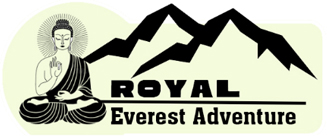
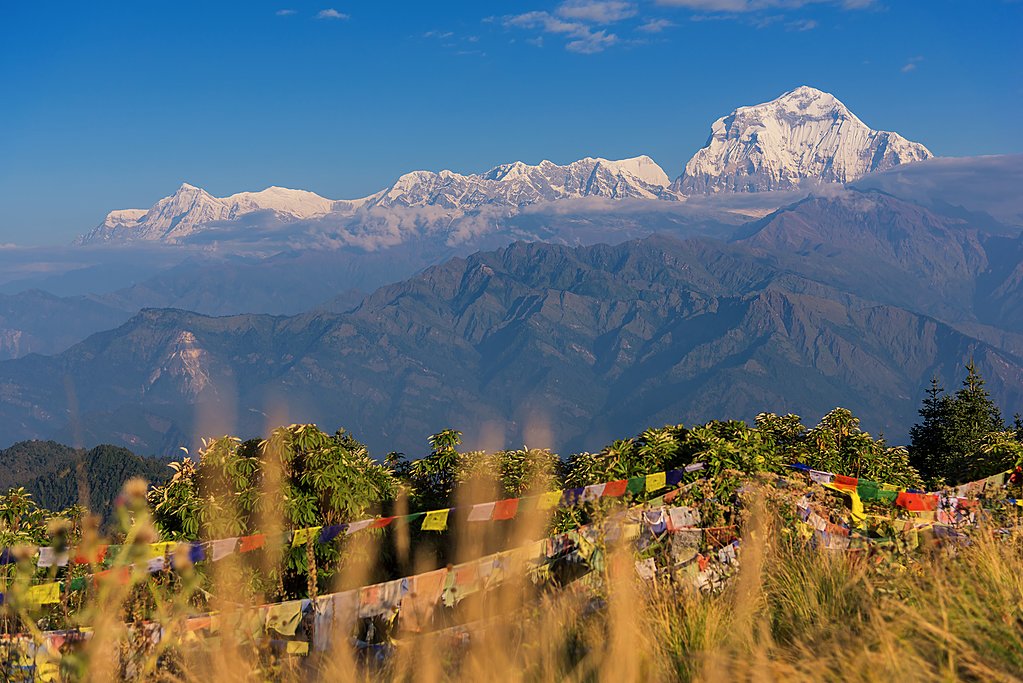

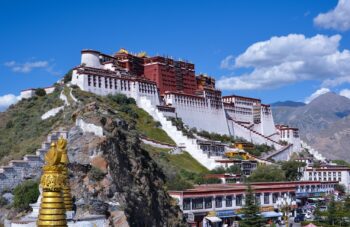
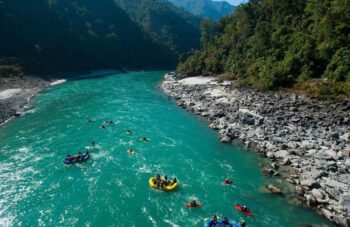
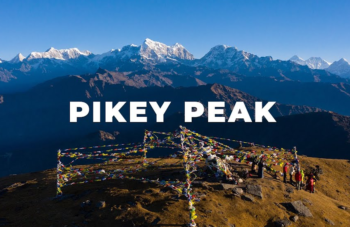
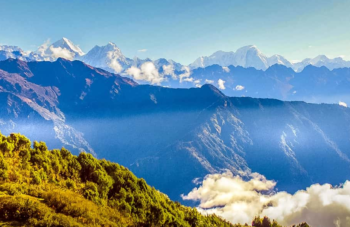
Leave a Reply